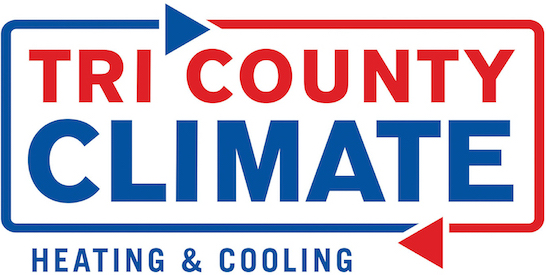Once the weather starts to cool off, you may be thinking about how you’ll prepare your heating and cooling. After all, HVAC bills frequently contribute a significant portion of your monthly electric bill. To figure out new ways to reduce costs, some people take a closer look at their thermostat. Is there a setting they could use to improve efficiency?
Most thermostats include both a ‘Fan’ or ‘Fan On’ setting. But if the fan is on during a normal cycle, what can the fan setting offer for your HVAC system? This guide can help. We’ll review what exactly the fan setting is and when you can use it to save money in the summer or winter.
My Thermostat Has a Fan Setting?
For most thermostats, the fan setting signifies that the air handler’s blower fan remains on. Some furnaces will operate at a low level with this setting, but for the most part heating or cooling isn’t being produced. The ‘Auto’ setting, in contrast, will turn on the fan during a heating or cooling cycle and turn it off after the cycle is over.
There are advantages and disadvantages to using the fan setting on your thermostat, and whether you do or don’t {will|can|should]] depend on your unique comfort needs.
Advantages to switching to the Fan/On setting:
- You can keep the temperature in each room more uniform by enabling the fan to keep generating airflow.
- Indoor air quality should improve since constant airflow will keep passing airborne pollutants through the air filter.
- A smaller amount of start-stop cycles for the HVAC fan helps lengthen its life span. Since the air handler is usually a component of the furnace, this means you might prevent the need for furnace repair.
Drawbacks to using the Fan/On setting:
- A continuous fan can raise your energy expenses by a small margin.
- Constant airflow may clog your air filter soon, increasing the frequency you should replace it.
Which Setting for My Thermostat? Fan or Auto in Each Season
In the summer, warm air can stick around in unfinished spaces like the attic or an attached garage. If you use the fan setting, your HVAC system may pull this warm air into the rest of your home, forcing the HVAC system to work harder to preserve the desired temperature. In severe heat, this may lead to needing AC repair more often as wear and tear increases.
The opposite can take place in the winter. Cooler spaces such as a basement will hold onto cooler air, which will eventually drift into the rest of your home. Keeping the fan on will sometimes draw more cold air upward, increasing the amount of heating you need to stay warm.
If you’re still trying to figure out if you should use the fan/on setting, keep in mind that every home and family’s comfort needs will vary. Leaving the HVAC system’s fan on could be ideal for you if:
Someone in your household suffers from allergies. Allergies and other respiratory conditions can be tough on the family. Leaving the fan on is more likely to enhance indoor air quality, helping your family breathe easier.
Your home deals with hot and cold spots. Many homes wrestle with persistent hot and cold spots that quickly evolve to a temperature different from the rest of the house. The fan setting should help lessen these changes by constantly refreshing each room’s airflow.

